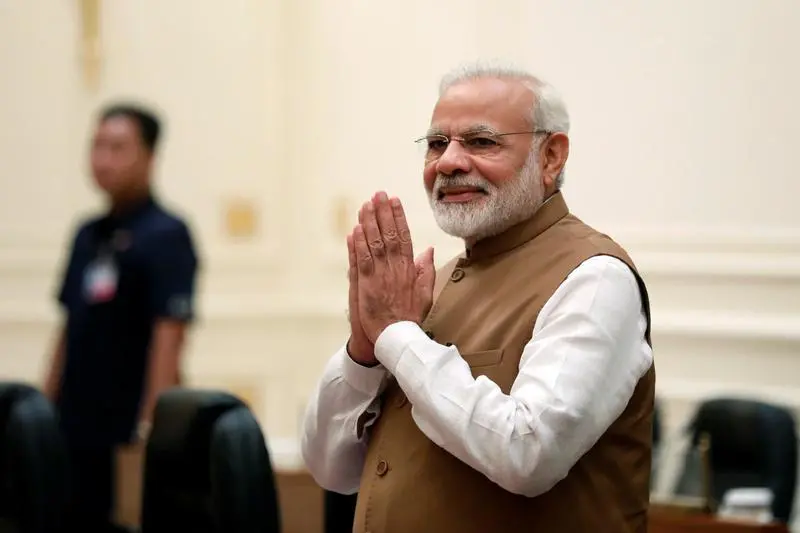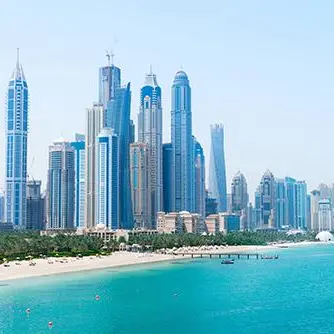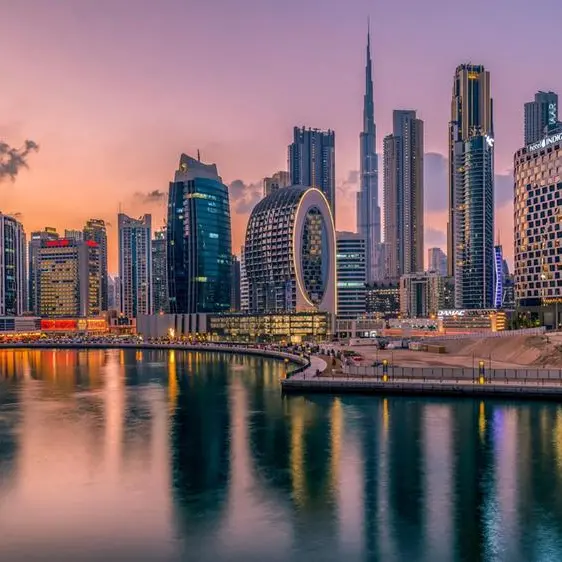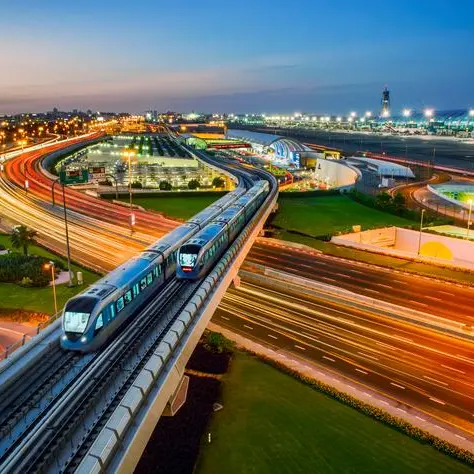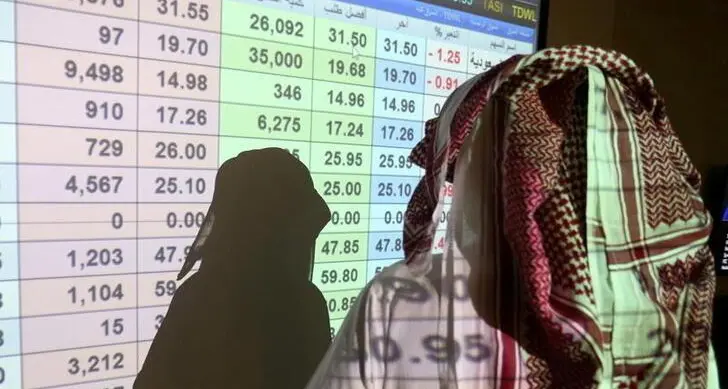PHOTO
MUMBAI - India is getting over Prime Minister Narendra Modi’s triple whammy shock therapy. Abolishing high-value bank notes, known as “demonetization," the introduction of tough new real estate rules and a nationwide tax, slowed growth for five consecutive quarters. A rebound to 6.3 percent in the quarter ended in September suggests the fallout is fading. Getting a few more things right would help turn this into a strong economic run. GDP figures released on Thursday reinforce early signs of a broader recovery. Even before this data, net profits for listed companies in the Nifty 50 index rose by an average of about 12 percent in the July-September quarter, marking the best growth in 18 months. The revival in economic activity still has some way to go before justifying valuations of stocks in the booming market.
The expectation is that India will reclaim its crown as the world’s fastest-growing large economy. The International Monetary Fund forecasts growth of 7.4 percent in 2018, almost 1 percentage point ahead of China. That’s still the minimum required to ease worries about jobs for a young population and to narrow the income gap with the rest of the world.
To achieve or surpass that pace of growth, fixing the country’s bad debt problem is needed. A $32 billion recapitalisation of state lenders has been outlined by New Delhi. Ensuring a timely resolution of stressed loans will be critical to unclogging the banking system. That will give new creditors and businesses alike more comfort to make the investments India requires.
That's where the next shock could come. India has banned errant tycoons from bidding for assets emerging from insolvency. That's probably justified to send a clear political message to borrowers that the days of throwing their weight around to take advantage of banks is over. Like demonetization, the new tax and real estate rules, over time the change will make India more competitive and attractive as a destination for capital. But there will be friction along the way.
Any legal challenge to the ban could stall the entire insolvency process, which is supposed to wrap up early next year for some of the biggest companies with non-performing loans. Fewer bidders could also result in larger haircuts, leaving banks with less capital for growth. India is recovering, but there will be plenty of noise and upset as it regains its stride.
CONTEXT NEWS
- India’s economy grew by 6.3 percent in the three months to end-September from a year earlier, official figures released on Nov. 30 showed.
- A Reuters poll of 52 economists expected gross domestic product growth to rise to 6.4 percent from a year ago in the July-September quarter, from 5.7 percent in the previous period. Forecasts in the poll ranged from 5.9 percent to 6.8 percent.
(By Una Galani; Editing by Rob Cox and Liam Proud)
© Reuters News 2017
The expectation is that India will reclaim its crown as the world’s fastest-growing large economy. The International Monetary Fund forecasts growth of 7.4 percent in 2018, almost 1 percentage point ahead of China. That’s still the minimum required to ease worries about jobs for a young population and to narrow the income gap with the rest of the world.
To achieve or surpass that pace of growth, fixing the country’s bad debt problem is needed. A $32 billion recapitalisation of state lenders has been outlined by New Delhi. Ensuring a timely resolution of stressed loans will be critical to unclogging the banking system. That will give new creditors and businesses alike more comfort to make the investments India requires.
That's where the next shock could come. India has banned errant tycoons from bidding for assets emerging from insolvency. That's probably justified to send a clear political message to borrowers that the days of throwing their weight around to take advantage of banks is over. Like demonetization, the new tax and real estate rules, over time the change will make India more competitive and attractive as a destination for capital. But there will be friction along the way.
Any legal challenge to the ban could stall the entire insolvency process, which is supposed to wrap up early next year for some of the biggest companies with non-performing loans. Fewer bidders could also result in larger haircuts, leaving banks with less capital for growth. India is recovering, but there will be plenty of noise and upset as it regains its stride.
CONTEXT NEWS
- India’s economy grew by 6.3 percent in the three months to end-September from a year earlier, official figures released on Nov. 30 showed.
- A Reuters poll of 52 economists expected gross domestic product growth to rise to 6.4 percent from a year ago in the July-September quarter, from 5.7 percent in the previous period. Forecasts in the poll ranged from 5.9 percent to 6.8 percent.
(By Una Galani; Editing by Rob Cox and Liam Proud)
© Reuters News 2017
